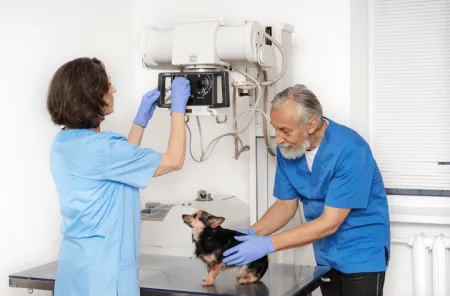Game development is a complex and multifaceted process, requiring creativity, technical skill, and a structured workflow. Whether you’re an indie developer or part of a large team, optimizing your workflow can significantly enhance productivity and the quality of your games. Here are five essential tips to improve your game development workflow.
1. Plan Thoroughly Before Coding
One of the most critical steps in video game development is thorough planning. Before writing a single line of code, invest time in creating a detailed game design document (GDD). This document should outline the game’s mechanics, story, characters, levels, art style, and more. A well-prepared GDD serves as a roadmap for your development process, ensuring that everyone on the team is aligned and aware of the project’s goals and requirements.
Additionally, planning should involve creating a project timeline with milestones. Use tools like Gantt charts or project management software (e.g., Trello, Asana) to break down the development process into manageable tasks. This structured approach helps in tracking progress and identifying potential bottlenecks early on.
2. Adopt Agile Development Practices
Agile development methodologies, such as Scrum or Kanban, can significantly improve your game development workflow. These practices promote iterative development, where the project is divided into small, manageable chunks called sprints. At the end of each sprint, a functional segment of the game is produced, allowing for regular feedback and adjustments.
By adopting agile practices, your team can respond to changes more effectively and ensure that the final product meets players’ expectations. Daily stand-up meetings, sprint planning sessions, and retrospectives are key components of agile methodologies that keep the team coordinated and focused. Moreover, leveraging a Web3 Search Engine can enhance the team’s ability to access decentralized resources and stay ahead of industry trends.
3. Leverage Version Control Systems
Using version control systems (VCS) like Git is indispensable for game development, especially when working with a team. VCS allows multiple developers to work on different parts of the game simultaneously without overwriting each other’s work. It also provides a history of changes, making it easy to revert to previous versions if something goes wrong.
Platforms like GitHub, GitLab, or Bitbucket offer additional features such as issue tracking, code reviews, and continuous integration, which further streamline the development process. Regular commits and branching strategies (e.g., feature branches, hotfixes) help maintain a clean and organized codebase.
4. Automate Testing and Deployment
Automated testing and deployment can save considerable time and reduce human error. Implement unit tests, integration tests, and automated testing frameworks to ensure that your game’s code is robust and bug-free. Continuous integration (CI) tools like Jenkins, Travis CI, or GitHub Actions can automatically run tests whenever new code is pushed, alerting the team to any issues immediately.
Similarly, automate the deployment process to various platforms (e.g., PC, consoles, mobile) to ensure a consistent and efficient release process. This can be achieved using continuous deployment (CD) tools that package and distribute your game builds with minimal manual intervention.
5. Foster a Collaborative Environment
Effective communication and collaboration are vital for a smooth game development workflow. Use collaboration tools like Slack, Microsoft Teams, or Discord to facilitate real-time communication among team members. Regular meetings, clear documentation, and shared repositories help ensure that everyone is on the same page.
Encourage an open culture where team members feel comfortable sharing ideas and feedback. Collaborative tools like Miro or Figma can be used for brainstorming sessions, wireframing, and creating interactive prototypes, fostering a sense of shared ownership and creativity.
Conclusion
Improving your game development workflow involves meticulous planning, adopting agile methodologies, leveraging version control systems, automating testing and deployment, and fostering a collaborative environment. By implementing these tips, you can enhance productivity, reduce errors, and ultimately create more polished and engaging games.



